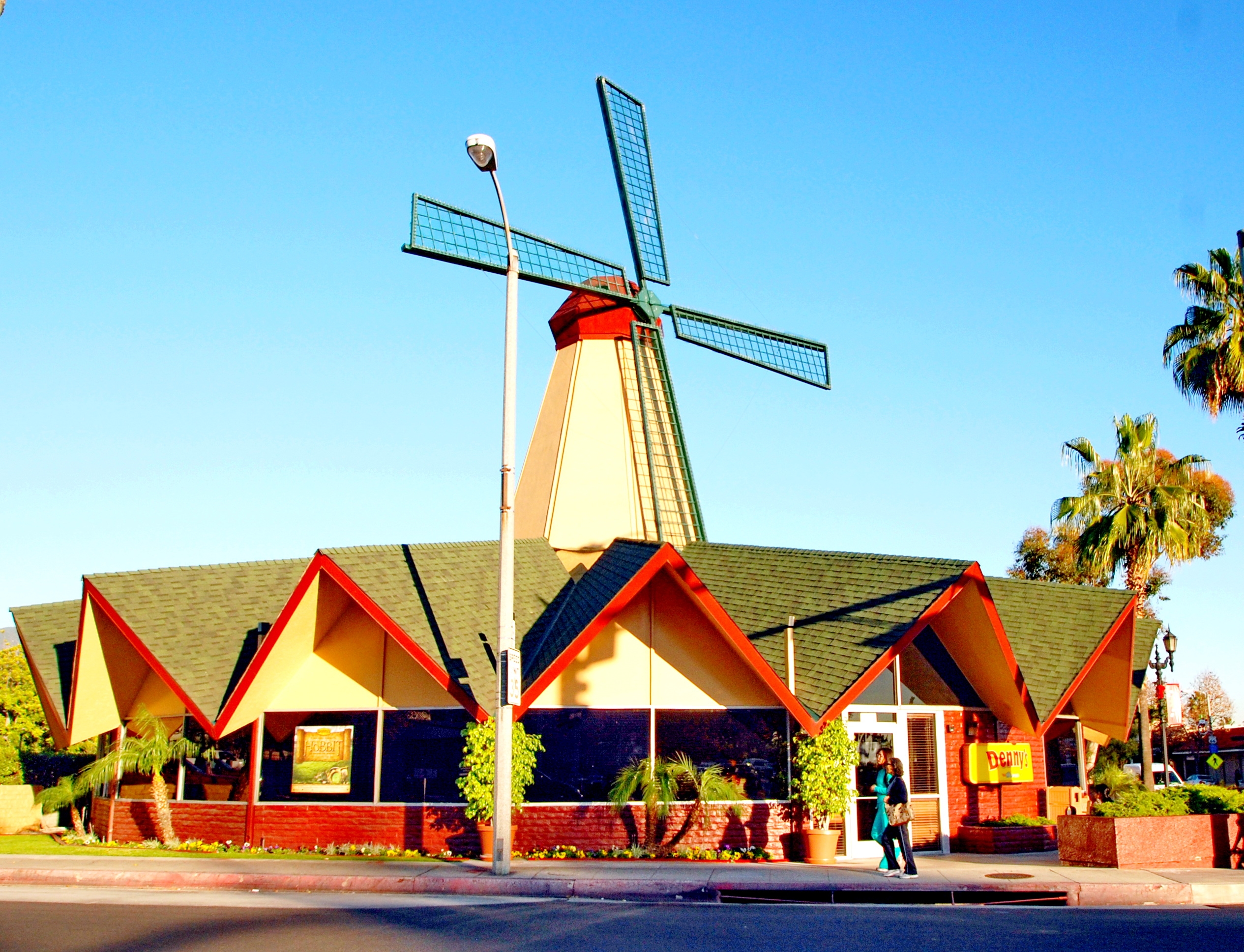
Place
Fugetsu-Do
Fugetsu-Do is the oldest business in the Little Tokyo neighborhood.
Place Details
Address
Get directions
Year
Designation
Property Type
Attributes
Community
Fugetsu-Do in Little Tokyo specializes in Japanese confections such as mochi (rice cake) and manju (sweet bean-filled rice cake). Family-owned and operated since 1903, the business remains in the family, now in its third generation. As the oldest business in Little Tokyo, Fugetsu-Do is both a witness to and survivor of the forced incarceration of Japanese Americans during World War II, the 1992 riots, and several economic downturns.
Born in Gifu, Japan, Seiichi Kito immigrated to the U.S. in 1903. Soon after his arrival, he and his friends opened Fugetsu-Do in the Little Tokyo neighborhood of Los Angeles. Seiichi managed the business for 25 years. The entire Kito family, including Seiichi’s wife, Tei, and their children helped with the business operations. Tei’s brother, Sakuma, was also important to the success of the business. During the few weeks before New Year’s Day, the Kito family would work around the clock to fill the large volume of mochi and manju orders that were purchased as holiday gifts per the Japanese custom.
In 1941, the Kito family was among the thousands of Japanese American families forcibly removed from Los Angeles and sent to war-era incarceration camps as a result of President Roosevelt’s Executive Order 9066. The Kitos had up to two weeks to liquidate their inventory before entering the Heart Mountain incarceration camp in Wyoming.
Following their release after the war, the Kitos returned to Little Tokyo. Roy Kito, Seiichi’s youngest child, struggled to re-establish the business. On May 1946, with the help of the Tanahashi Family, Fugetsu-Do reopened on East First Street. When the shop's building was slated for demolition in the mid-1950s, the business temporarily moved to Second Street. In 1957, the current shop reopened on First Street, with Roy Kito as the sole owner.
In 1980, Seiichi’s grandson, Brian Kito, took over the family business. Kito places great emphasis on the quality and craftsmanship of his products. According to Kito, who has been practicing his craft for over 20 years, it takes about ten years to master the art of making mochi. He sells three types of mochi: traditional, modern versions with a twist, and snacks. The traditional type, range from Daifuku to Ohagi, while the modern twists incorporate fruit and chocolate with the traditional white or red bean paste.
Current development pressures could potentially push rent prices to unaffordable levels for long-term residents and business owners, causing a detrimental effect on neighborhood stability and character.
“We are up against a lot of uncertainty,” says current owner Brian Kito. “Normal mom-and-pop businesses cannot survive under higher rates. It’s going to have an effect on whether we can still call this Little Tokyo in the future.”
The building that houses Fugetsu-Do is the only post-World War II building in the Little Tokyo Historic District, which is composed of thirteen buildings along or near East First Street in Little Tokyo, which was designated a National Historic Landmark in 1995. The Conservancy helped support this landmark designation.
Today, Sustainable Little Tokyo works to ensure a healthy, equitable, and culturally rich Little Tokyo for generations to come. Among its many projects, are advocating for community control of First Street North, a city-owned parking lot to the north of the Little Tokyo Historic District, and helping to bring designation of Little Tokyo as a California Cultural District. Sustainable Little Tokyo's MyFSN campaign, and its work with artists and cultural bearers to develop programming around the First Street North campaign, has helped bring greater attention to the issues threatening the historic neighborhood. In April 2019, the Rafu Shimpo featured the First Street North campaign, "Fate of Little Tokyo's First Street North to Be Determined This Year."


